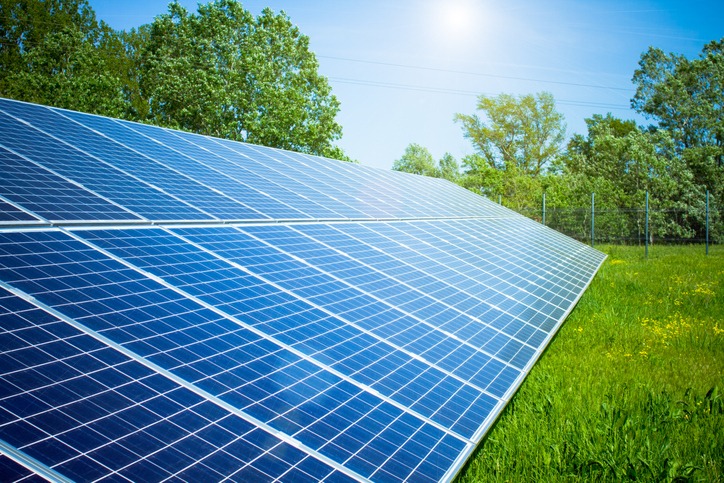As the world grapples with the challenges of climate change, individuals are increasingly seeking sustainable solutions to reduce their carbon footprint. One critical area where sustainable choices can make a significant impact is home energy consumption. From renewable sources to energy-efficient technologies, let’s explore a range of sustainable solutions for powering our homes responsibly.
Embrace Solar Power
Harnessing the power of the sun is one of the most effective ways to make your home energy-efficient. Installing solar panels on rooftops allows you to generate clean and renewable energy, significantly reducing dependence on traditional power sources. Advances in technology have made solar installation and systems more accessible and cost-effective, with options for both on-grid and off-grid setups.
Invest in Energy-Efficient Appliances
The appliances we use daily can contribute to energy waste. Consider replacing old, energy-guzzling appliances with newer, energy-efficient models. Look for appliances with the ENERGY STAR label, which signifies compliance with energy efficiency standards. From refrigerators to washing machines, these appliances not only save energy but also reduce utility bills over time.
Smart Home Technologies
Embrace the era of smart homes by incorporating energy-efficient technologies. Smart thermostats, for example, can optimize heating and cooling based on your daily routines, ensuring energy is not wasted when you’re away. Smart lighting systems with motion sensors and programmable settings can also contribute to significant energy savings.
Energy-Efficient Lighting
Traditional incandescent bulbs are energy-intensive and have a short lifespan. Transition to energy-efficient alternatives such as LED or CFL bulbs. Not only do these options consume less energy, but they also last longer, reducing the frequency of replacements. Additionally, consider installing motion sensors or timers to automatically turn off lights when they are not needed.
Optimize Insulation and Ventilation
A well-insulated home requires less energy for heating and cooling. Ensure your home is properly insulated to maintain a comfortable temperature year-round. Also, pay attention to ventilation, as good airflow can reduce the need for air conditioning during warmer months. This not only saves energy but also contributes to a more sustainable and cost-effective living space.
Wind Power Solutions
For homes situated in areas with consistent wind patterns, small-scale wind turbines can be a viable option for generating electricity. While not as common as solar panels, wind power systems can effectively supplement your energy needs and further diversify your renewable energy sources.
Energy Monitoring Systems
Stay informed about your energy consumption patterns with the help of energy monitoring systems. These devices provide real-time data on how much energy your home is using, allowing you to identify and address areas of inefficiency. Being aware of your energy usage is the first step towards making informed decisions for a more sustainable home.
Green Roofing and Walls
Consider incorporating green roofing or walls into your home design. These features not only provide insulation but also contribute to temperature regulation, reducing the need for excessive heating or cooling. Green roofs and walls also absorb rainwater, improve air quality, and create habitats for local wildlife.
Hybrid Heating Systems
Opt for hybrid heating systems that combine renewable energy sources with traditional methods. For example, a solar water heater can work in conjunction with a conventional heating system to reduce reliance on fossil fuels. This approach maximizes efficiency and minimizes environmental impact.
Community Energy Initiatives
Explore community-based energy initiatives, such as shared solar programs or community wind farms. These projects allow individuals to collectively invest in and benefit from renewable energy sources, even if they are unable to install such systems on their own properties. Supporting and participating in community-driven sustainability efforts can have a broader positive impact.
Final Thoughts
Adopting sustainable solutions for home energy is not just a trend; it’s a crucial step towards mitigating climate change and creating a more resilient future. By incorporating these technologies and practices into our homes, we contribute to a cleaner, more sustainable world, one powered by innovation and a commitment to environmental stewardship. Making these changes not only benefits the planet but also promotes energy independence and lowers utility costs for homeowners.
